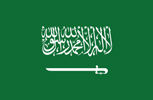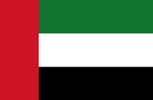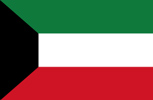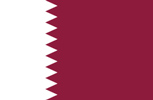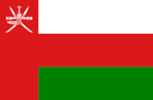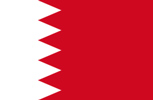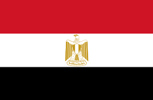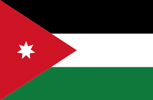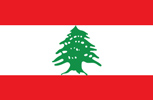Skin resurfacing
Scars & skin irregularities have deep psychological impact on patients' quality of life, alleviation & improvement of these conditions can dramatically restore patients confidence & enable them to re-engage in social activities.
While no single technology can fix all problems, all technologies tend to excel in treating one or two conditions & slightly improve the rest… you may need to prioritize the most potential conditions for your practice from the upcoming ones.
The selection of skin resurfacing technology is based on 3 factors:
- Severity of the condition: mild, moderate or severe scars.
- Acceptable downtime duration by the patient.
- Morphology of scar: hypertrophic or atrophic scars.
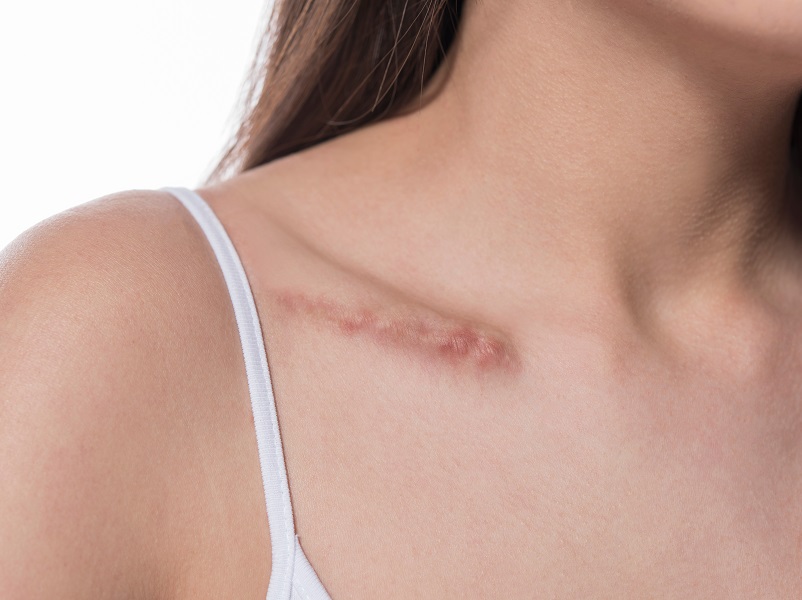
Skin reacts to different injuries by forming collagen fibers to repair the dermis, hypertrophic scars occur when the repaired tissue elevates above the skin by an overproduction of collagen & fibers during the healing process.
Fractional ablative lasers remove microscopic parts of the scar tissue, this triggers formation of new collagen & partially improves the appearance of the scared tissue. Fractional picolasers recently introduced a new breakthrough in scars treatments, it works by forming ablated spheres in subsurface layers without injuring the surface, an effect known as laser induced optical breakdown 'LIOBs'.
Fractional CO2 laser excels when significant improvement is needed because of its high depth of penetration. It has an average downtime of couple of weeks & isn’t suitable for dark skin colors & in hot weather conditions.
Fractional Er:YAG laser on the other hand has a lower penetration and is considered more suitable for superficial irregularities. It has the advantage of a relatively short downtime of few days & being suitable for all skin types.
Picolaser provides great convenience by not needing any downtime & its ability to treat all skin types all around the year. It is suitable for mild to moderate scars due to its moderate ablation by LIOBs.
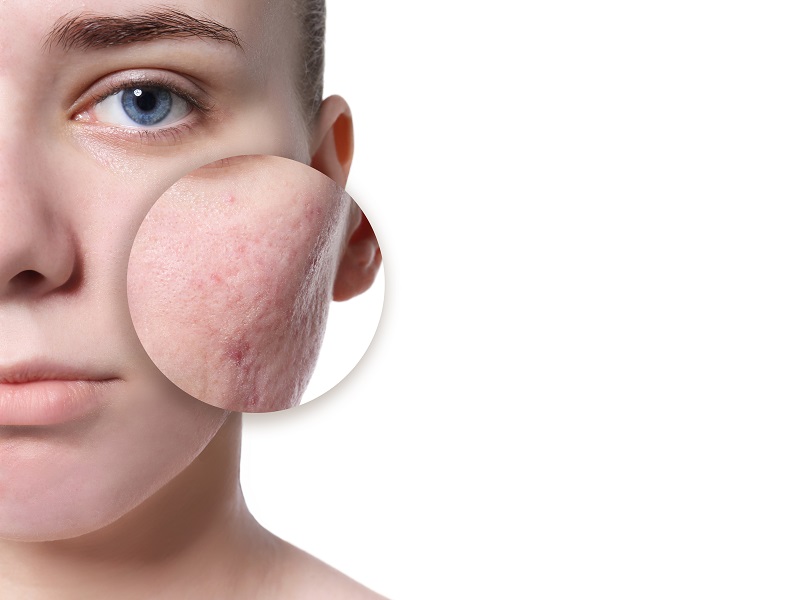
Acne occurs in 85% of young adults, out of which 20% develop acne scars with various degrees of severity. Acne scars are sunken in skin and appear as small indentations on skin surfacem they are formed after opening blackheads or pustules that may be followed by an improper formation of binding tissues during the healing process.
Similar to hypertrophic scars, acne scars can be treated by fractional lasers & Picolasers, in addition to fractional micro-needling radio frequency.
The fractional micro-needling RF acts by the excision of the fibrotic tissue with its micro-needles & by stimulating the collagen formation by RF energy. This technology suits all skin types & has a low downtime that doesn't exceed one to two days.
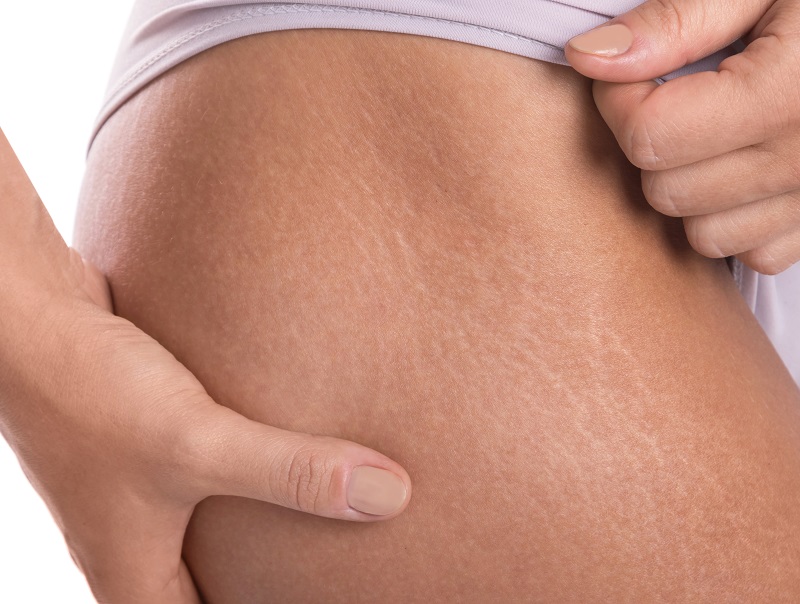
S tretch mark s are another type of scars that develop when the skin stretches or shrinks quickly, the abrupt change causes a rupture of the collagen and elastin, the main supporters of skin texture.
The choice of the treating technology depends on the maturity of the scar, fresh scars are usually red and inflamed, its appearance can be improved by reducing blood supply to the inflamed area through pulsed dye lasers (PDL). After some duration the inflammation subsides & the scar turns white, white stretch marks are more similar to regular scars in terms of irregularity and are treated by CO2 lasers or fractional micro needling RF.








